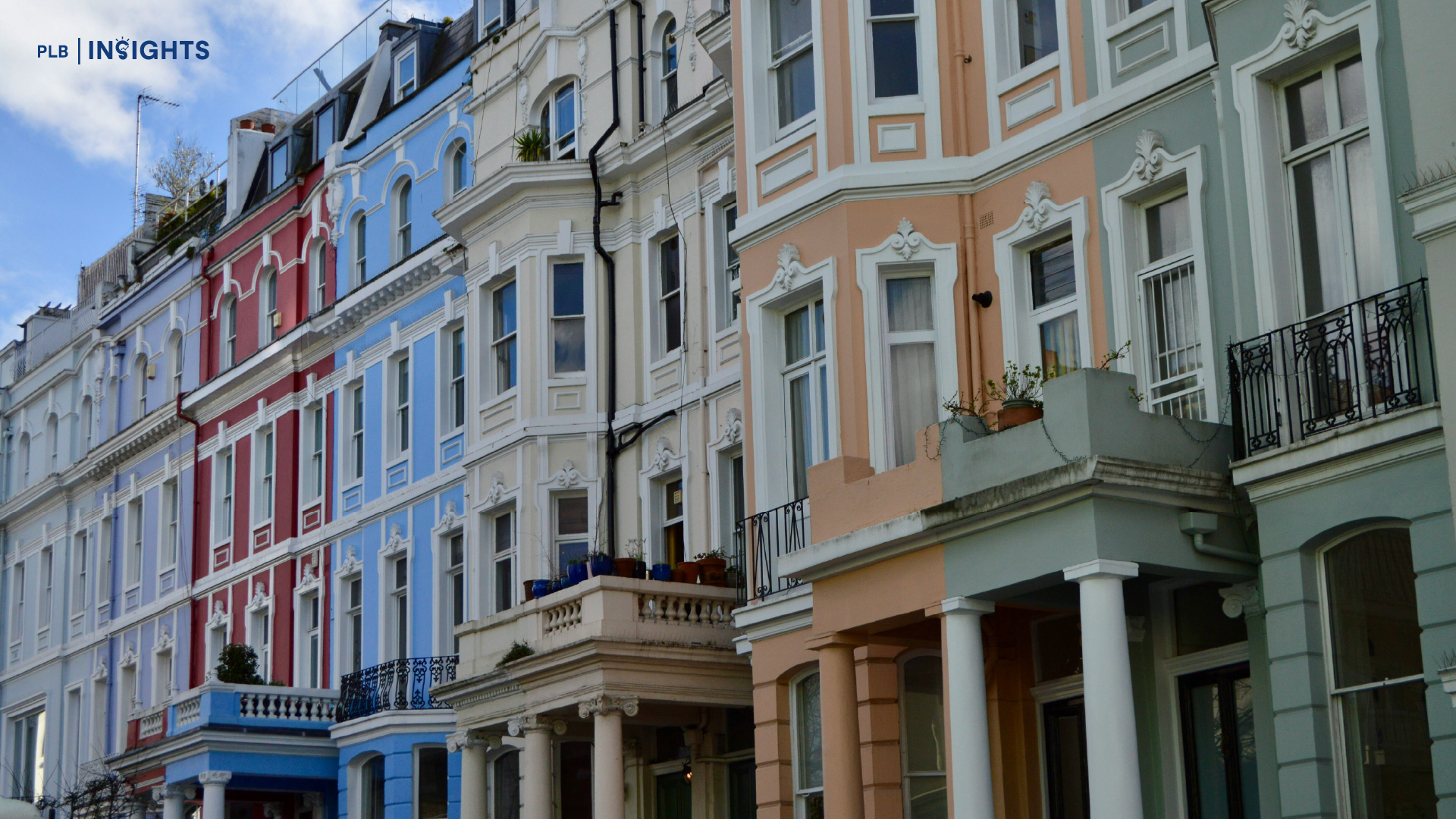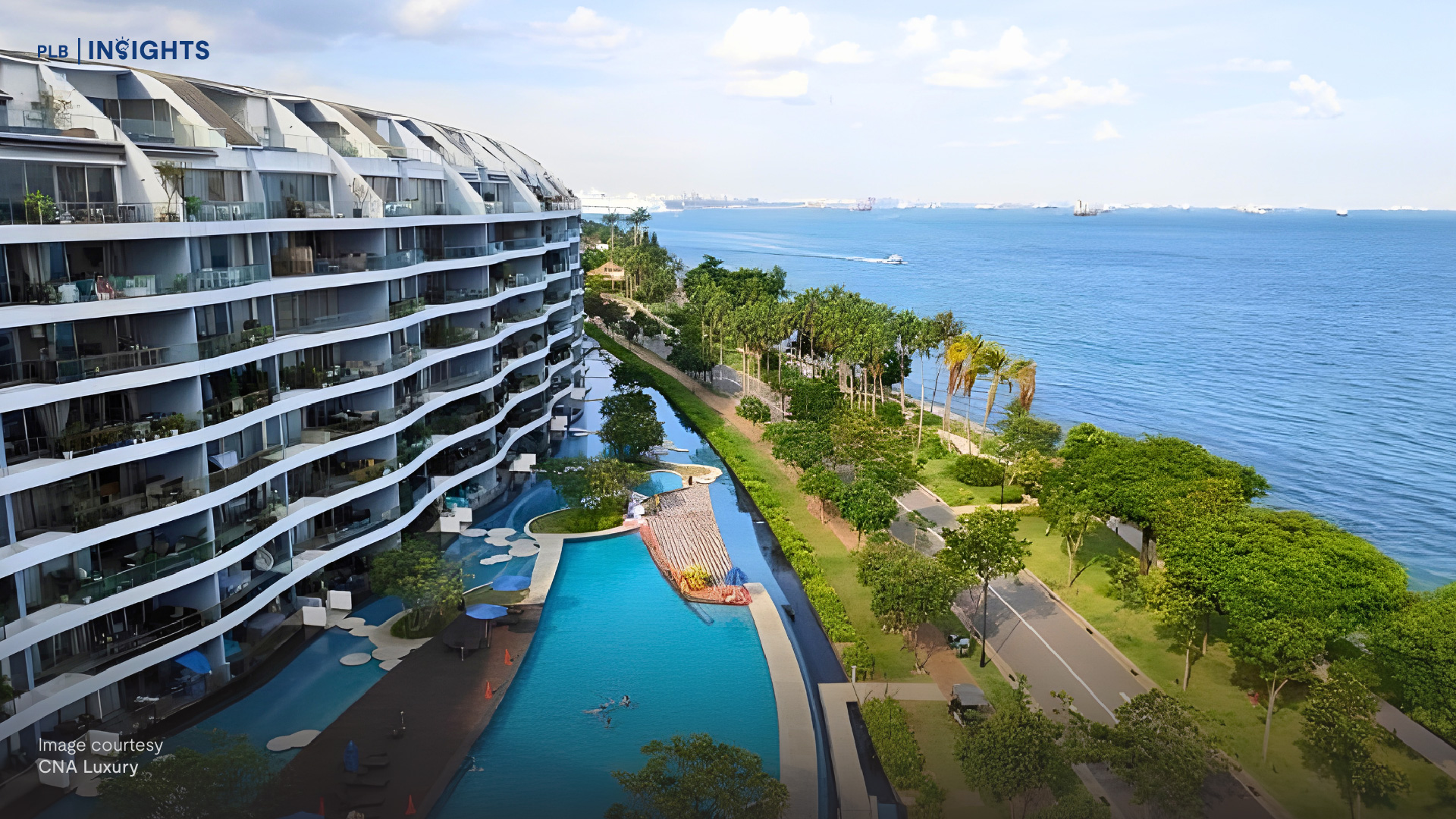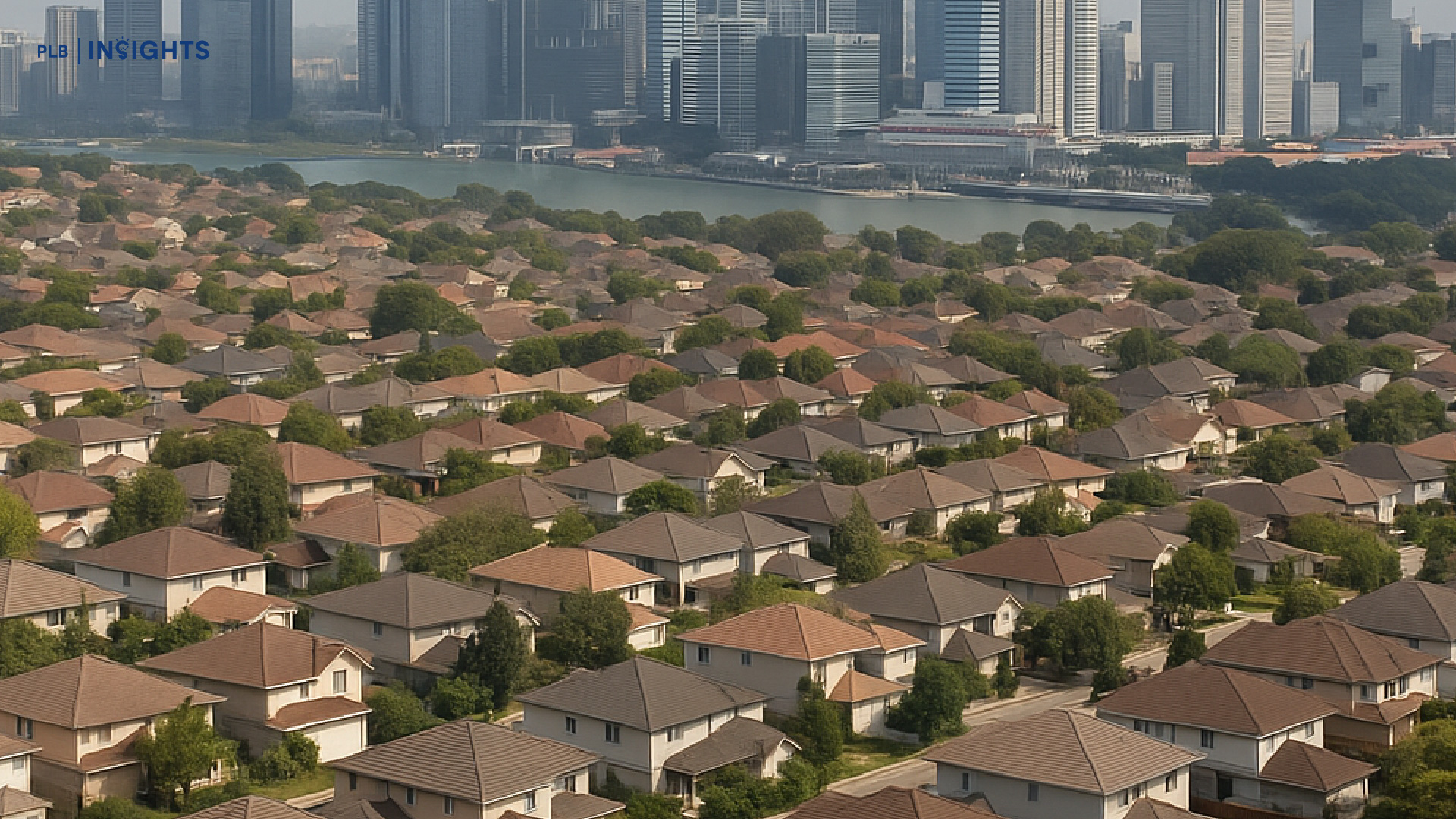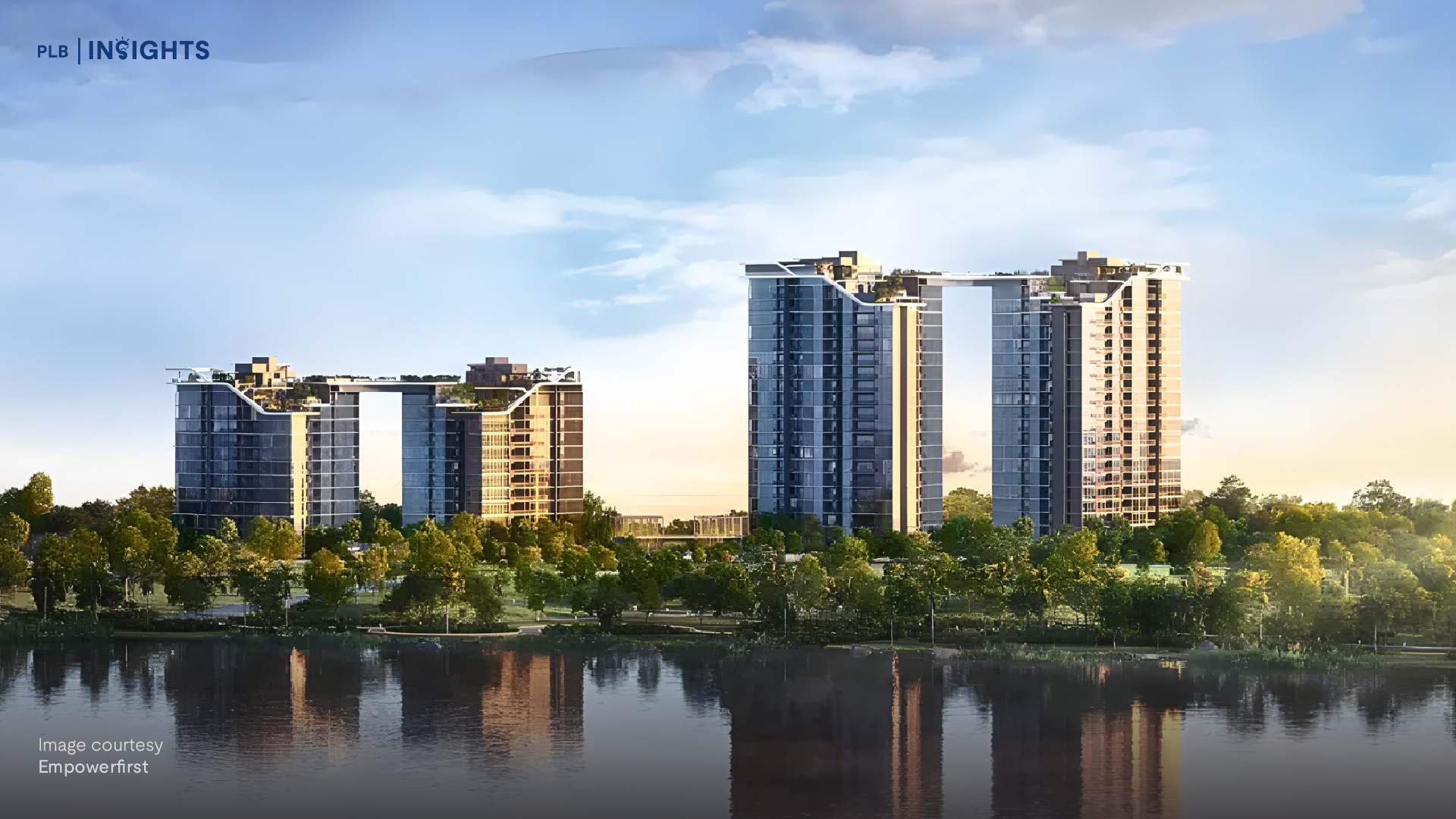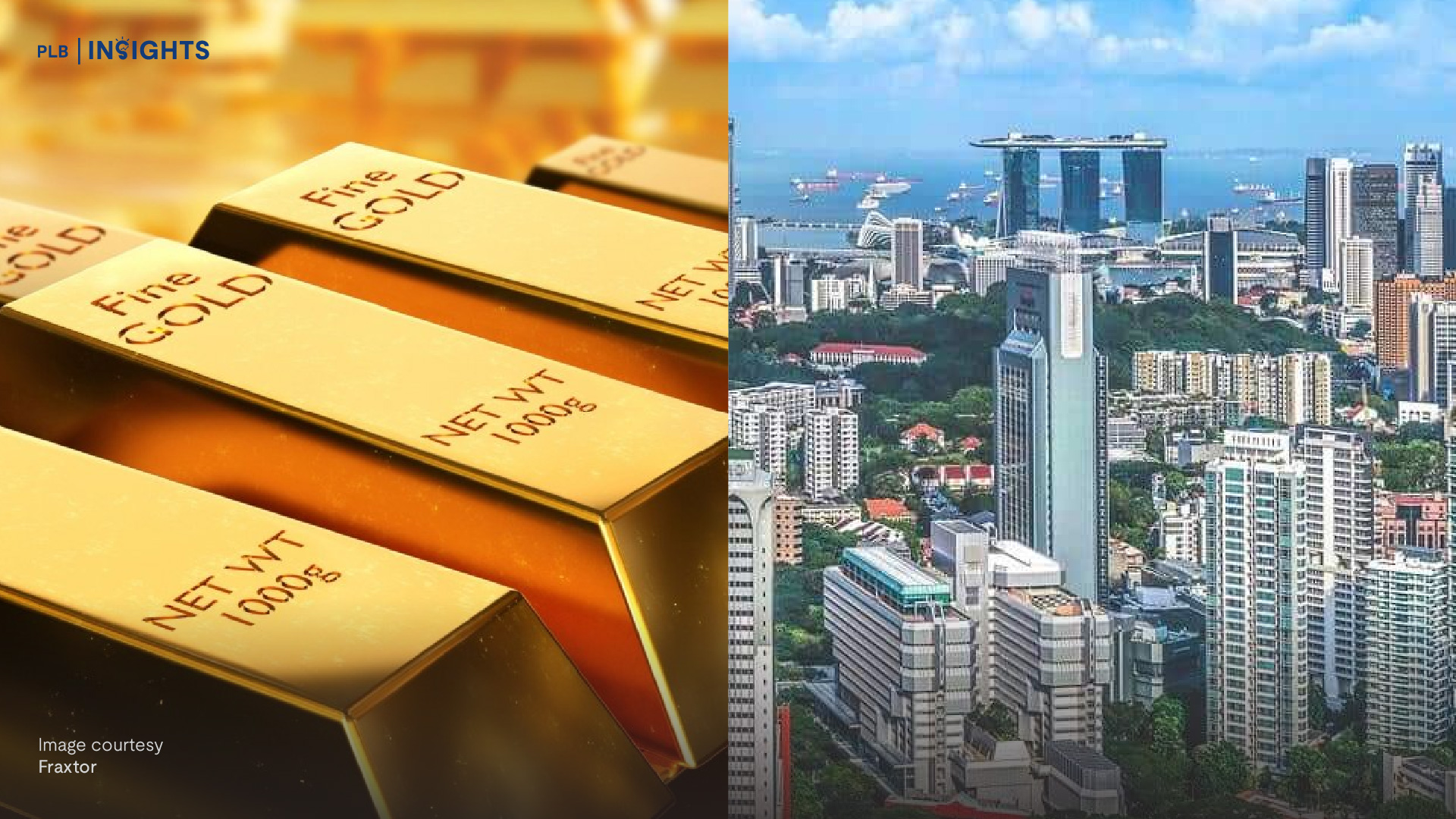
What is the first thing that comes to your mind when you think of Singapore? First world garden city. Business hub of Southeast Asia. Most liveable city for expats in Asia. Locals might think of Singapore as a stressful place. Intense competition in the school system and job market. Small island with few things and places to enjoy. Many flee to food as a safe haven and national pastime, others perhaps into another metaverse online.
Being an uptight, pent-up, frustrated, and angry city would be a waste. A high standard of living but low quality of life with little meaning. It would be a soulless and dreamless city. Interestingly, the element of Play is a major highlight in the URA Long-Term Plan 2022. Play is an important part of balancing stress, relationships, work, and fun. After all, all work and no play is going to make Singapore a very boring place.
In this article, we will be focusing on how elements of Play will be woven into the future of Singapore. Spaces are intentionally designed for mental and emotional well-being needs so that residents can unwind and relax. The Long-Term Plan proposes a multitude of improvements and new projects but emphasises three core considerations of convenience, nature, and community.
Making Recreational Activities Convenient (& Affordable)
A URA Commissioned Survey in 2021 found that affordability and convenience are the top two considerations for people to choose a recreational facility. Seeing how Singapore is not exactly a cheap city to live in, having recreational activities that do not cause more financial stress is crucial. As the cost of living and prices of goods continue to inflate, residents are faced with the stress of earning more income and saving more to meet their current and future needs.
While the URA is not in charge of economic or labour policies, it focuses on creating a better mental-scape for resident matters. Architecture, amenities, nature, all contribute to building a better landscape for the mental well-being of residents. Creating the environment and activities for residents to unwind is URA’s way of designing better well-being.
How will recreational activities be made more convenient and affordable for residents? Just like how the work of the future will be brought closer to home (the OCR), the venues available for recreational activities will also be more dispersed and available throughout the heartlands. Underutilised spaces such as those in schools, void decks, and car park rooftops will be increasingly used for community activities. Sports, urban farming, community bonding activities will be the highlight of keeping recreation convenient and affordable.

The Long-Term Plan highlights of play-related improvements to specific regions are rather generic. Each area’s focus on play is coherent with its assigned identity. For instance, Jurong Lake District will have play spaces that incorporate and revolve around innovation and sustainability. Mandai, Kranji and Lim Chu Kang areas will still be in-tune with nature and high-tech farming. Changi Point, Pasir Ris, Ubin, and Coney will take advantage of the waterways for sports and nature. East Coast & Changi will also continue working on its waterfront areas for play.
As most Singaporeans already know what these spaces are known for, what the Long-Term Plan suggests is nothing more than a re-emphasis of what they have already stood for. It is a commitment to continue to maintain and uphold the existing identity of these areas and keep recreational options available for the general public. Redevelopments of certain attractions such as Big Splash at East Coast is just one example of how URA intends to refresh certain local attractions that are already familiar to residents.
There are some commitments to new exciting locales though. The Marina Bay area has the most to gain from the new additions. There will be a new Bay East waterfront garden that will complement Gardens by the Bay, while a new entertainment arena space will be added beside Marina Bay Sands. In 4 years, NS Square will also be added to the Marina Bay area for national and community-level event hosting. Sentosa will also now be accompanied by new developments on Brani and the Southern Islands (20-30 years). These new developments for play will be a huge boon to the Marina Bay area. Further developing it into a hotspot for tourists and local visitors alike.
Within the next 6 years, Jurong Lake District will also be developing into a tourist destination. While this is still far off into the future, westies can look forward to having more recreational options. Thus far, the Marina Bay area has the most exciting new developments for attractions and play. In other parts of the island, no concrete new attractions are added. Rather, it is mostly the activation of underutilised space. Making sure that residents in the city fringes and OCR have convenient and affordable access to recreational spaces.

Apart from underutilised spaces, the neighbourhood areas will also have libraries, schools, community centres, People’s Association (PA), SAFRA facilities to act more coherently in providing diverse activities for their respective communities and residents. The National Arts Council (NAC) is working with these different stakeholders to coordinate Arts and Cultural activities as a form of convenient and affordable source of recreation.
Having more of these recreational spaces is what makes up the better mental-scape of Singapore. As the saying goes, out of sight, out of mind. Conversely, if multiple outlets are available and visible to residents, recreational spaces and activities will not be outside of the minds of residents. Hopefully in a few years time, we will not hear residents complain about how there is nothing to do on this little red dot.
Nature as Recreation
A recurring theme throughout the Long-Term Plan is the integration of natural spaces. Thankfully, the plans for Singapore to be a greener city converge with it being a happier one. Nature is both a great way to build a sustainable community and city. Green spaces help to keep the island cool and contribute to the biodiversity of the island. At the same time, green spaces can be enjoyed as a source of reprieve from work and city life, calming the minds and hearts of the hard working residents of Singapore. There’s a true synergy to be obtained if we can have more green spaces throughout the island, cooling Singapore and at the same time providing a convenient and affordable (free) source of recreational space for residents.

Over the past decade, National Parks (NParks) has been working hard at expanding the Park Connector Network, giving residents a more seamless experience of fitness in nature. Cycling and hiking activities around the island are being made more accessible. Notably, the Railway Corridor is one of the more high-profile attractions. The next few years will see the corridor connect Kranji all the way to Tanjong Pagar.
Other Park Connector routes have their own unique scenery and neighbourhoods. It would be a worthwhile plan to try them all out at least once before saying that there’s nothing to do in Singapore. Getting fit while exploring the more natural side Singapore has to offer is a good way to get yourself out and about. Given how interconnected Singapore is with an ever-growing MRT system and comprehensive bus routes, you can always bail out of nature routes at multiple different junctions.
Nature as recreation is a family-friendly (& wallet-friendly) activity. Parks, green spaces, and nature routes are totally free if you go on foot or on your own wheels. Nature as recreation also involves the blue spaces that we have in Singapore. URA intends to build on Singapore’s islandness through a focus on water sports and activities. Coastal areas and reservoirs in Singapore will be utilised as potential recreational spaces for water sports.

An exciting transformation is awaiting Brani Island (albeit in 20-30 years). Located between Sentosa and the mainland, this small island is currently used as a port terminal but will be transformed into a tourist attraction. Think of it as a Sentosa Plus. Singapore is a city that always seems like a work-in-progress. Many of the developments might take a different shape or form by the time it is constructed.
True to the title of the article, much of what is in the Long-Term Plan is URA’s way of designing better spaces for resident well-being in Singapore. These plans often revolve around a preventive approach to well-being. By providing ample natural spaces that are convenient and affordable for all, residents can have more options to manage their stress levels and well-being by partaking in these spaces.
Building Communities for Play
Just as infrastructure takes time to build, communities also take time to form. In some sense, the development of human relationships in a community is more delicate. You can’t force people to be friends, or to like each other. Even creating spaces for social interaction and encounters might not necessarily mean people will experience it positively. Much of it is serendipitous and at the mercy of culture and norms.
Back to our topic of well-being, human connection is crucial for fostering a sense of belonging and meaning. Using common spaces, more focus will be placed on community-building activities. One of the key developmental goals is to build a more integrated community. State fields for sports, community gardens for green fingers, playgrounds for children from private and public housing. These are just some simple examples of community spaces to foster community building.
Two key demographics that URA pays attention to are the elderly and the younger children. For better well-being, the elderly should stay active both socially and physically. Having appropriate spaces and activities for this demographic is an important effort to integrate the elderly into the community. As Singapore ages, the play-infrastructure for the elderly will grow increasingly. Getting the opportunity to iterate and improve on what works in community-building for the elderly will help later on when the elderly population booms.
Younger children would also benefit from natural and social opportunities for play. Parents are growing wary of virtual platforms for play. Many potential pitfalls of addiction, bullying, gambling, bad influences, and adult materials make parents rethink their strategy for monitoring and controlling their children’s use of technology. Nature and physical community activities give parents more options for family recreational activities. It serves as a way to unwind and bond with family members at the same time. Two birds with one stone.
While these initiatives might be deemed by some as “fluff” or “abstract”, it is hard to deny the existence of these benefits. They are indeed there. It is more on the onus and proactiveness of individuals to partake in the activities and infrastructure.
Closing Thoughts
To sum up the article, URA plans to improve the well-being of residents through a few specific priorities. First, recreational activities will be made more convenient and affordable by locating them closer to homes. Second, a heavy emphasis on using natural spaces (both green and blue). Finally, community-building activities to maintain a coherent and integrated populace will also be a central aspect of well-being.
While the Long-Term Plan refers to this initiative broadly as play, we choose to see it as dealing with a larger aspect of well-being. Emotional and mental health is a hotly discussed topic in Singapore. Hopefully, these spaces designed for play will help give residents more options and opportunities to unwind and improve their well-being.
The recent Long-Term Plan also includes some exciting new plans for tourist and leisure facilities. If those planned developments manifest, the Marina Bay area will look to be even more exciting in the later half of this decade. If you wish to know more about how URA’s plans for improving the infrastructure for play would affect you, please reach out to us here for a chat!


